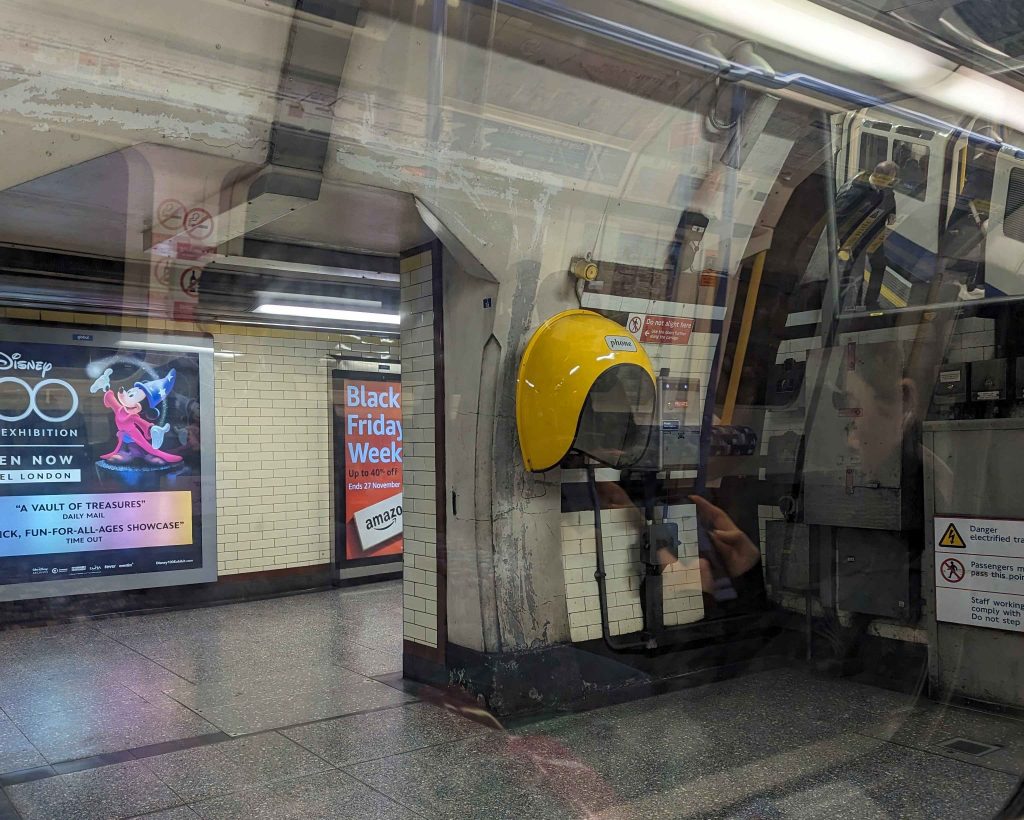
The above photo comes from a Guardian article ‘Road to ruins: Peter Mitchell’s crumbling Leeds – in pictures’.

The above photo comes from a Guardian article ‘Road to ruins: Peter Mitchell’s crumbling Leeds – in pictures’.
Started watching Daisy May Cooper in ‘Rain Dogs’ (love her). First episode has a great phone box experience (although there isn’t currently a phone box in that spot in Picadilly Circus).
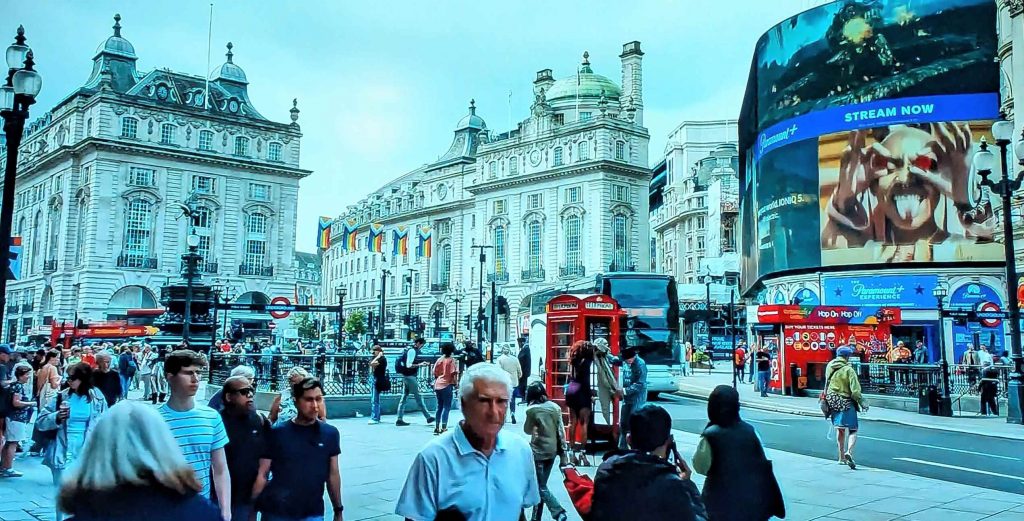
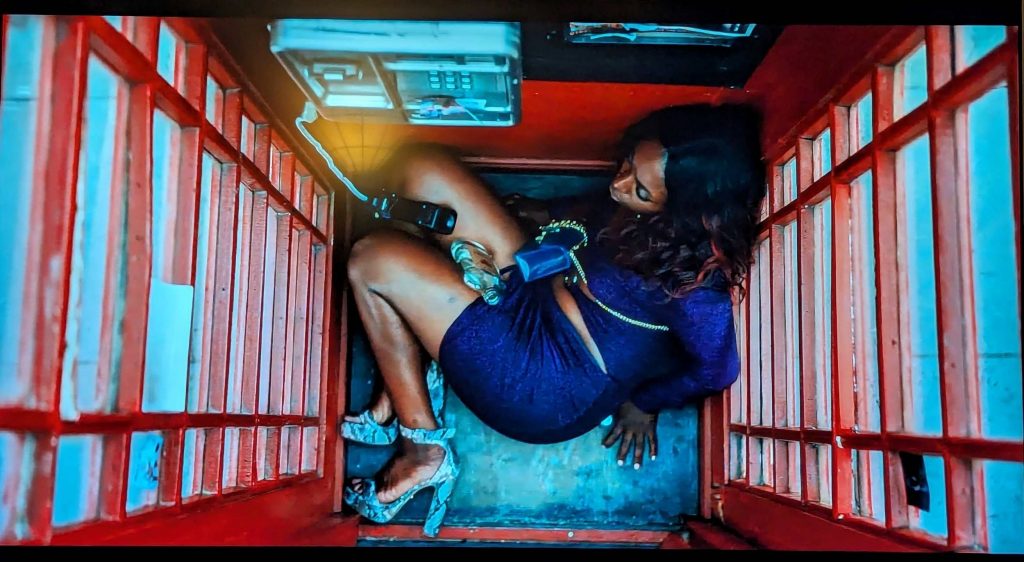
A few more television images
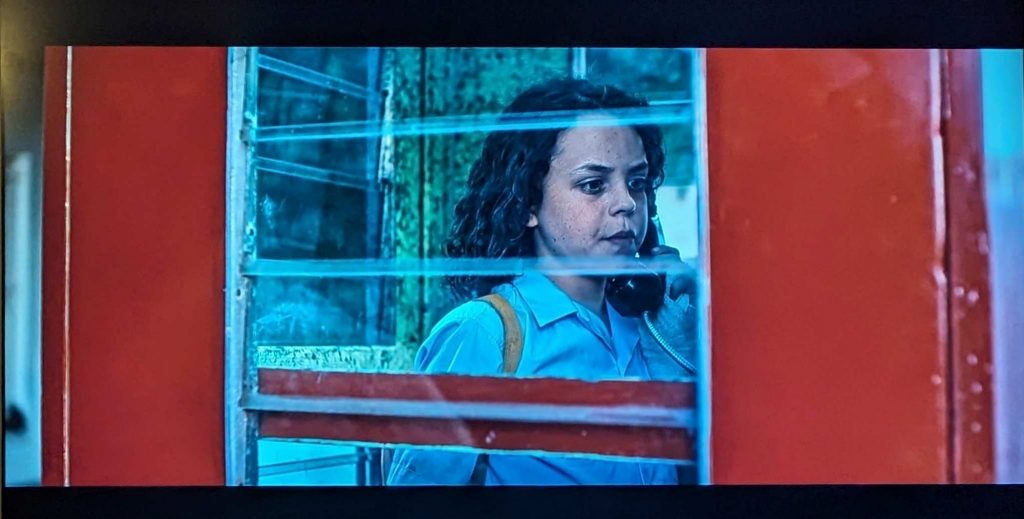
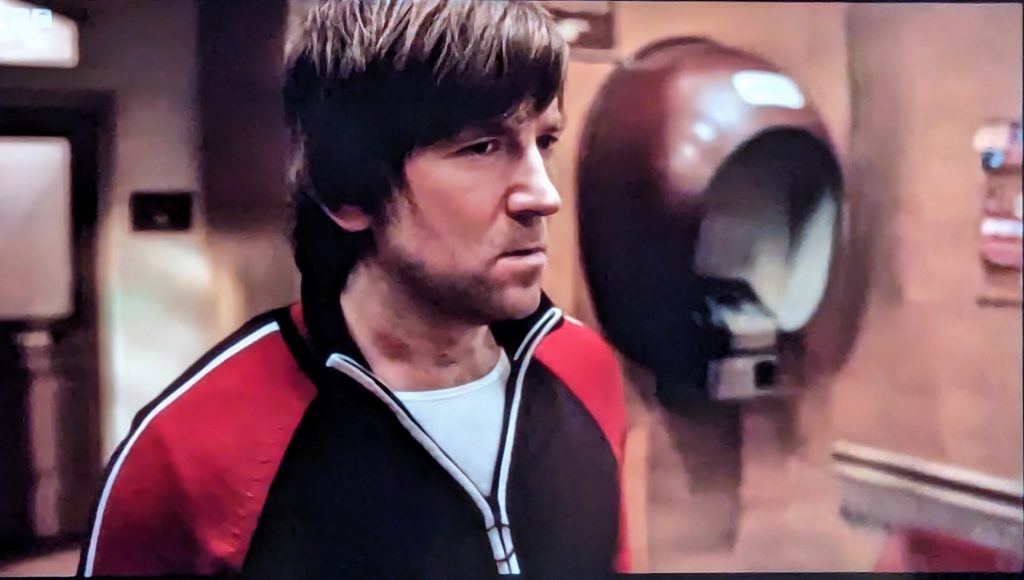
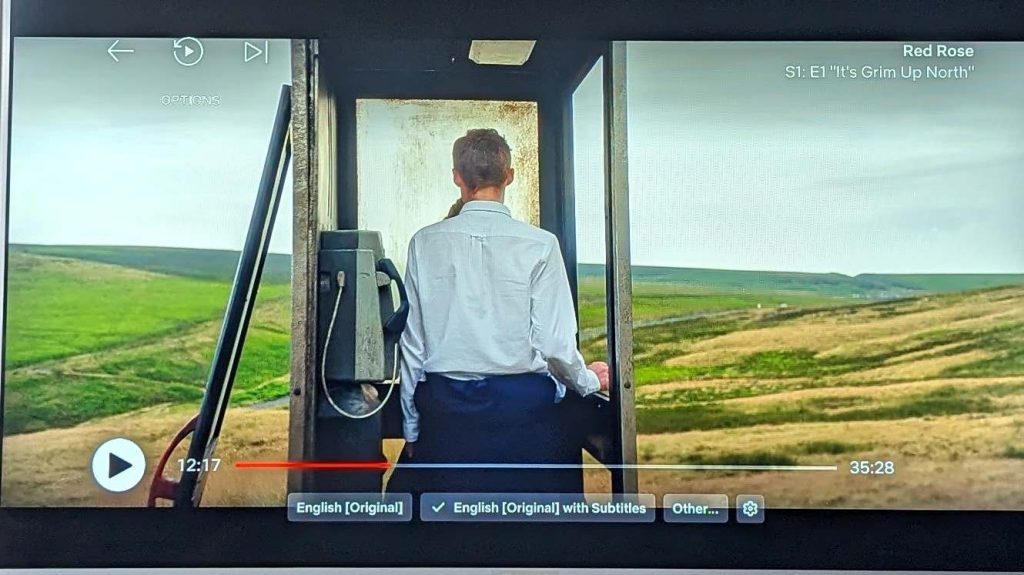
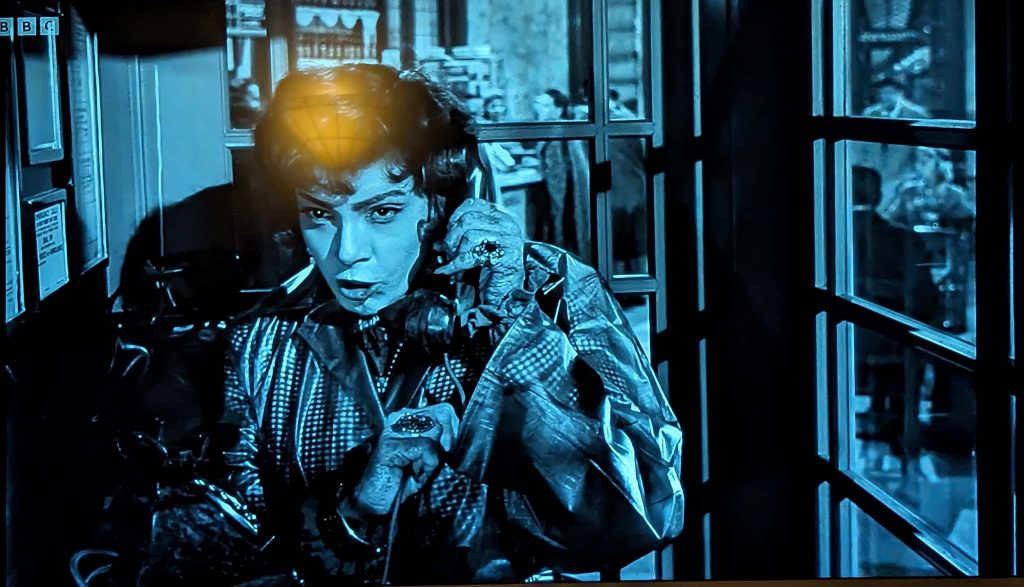
For the last couple of years, on the Tube going to work, I have passed a groovy phone cover at Hyde Park Corner. I kept telling myself I’d get off one day and take a photo but as I was on my way to work I never got round to it. Last month I thought – I’d better take a photo from my seat when we stop. I did. Then only two weeks later I noticed it was gone! Honestly, the cover must have been there for decades and then within a couple for weeks of me taking a photo, gone! Synchronicity at work. If I’d left it any longer I’d have missed my chance. Maybe this is the only photo of the phone cover at the end of the platform on the Piccadilly Line going west at Hyde Park Corner.
